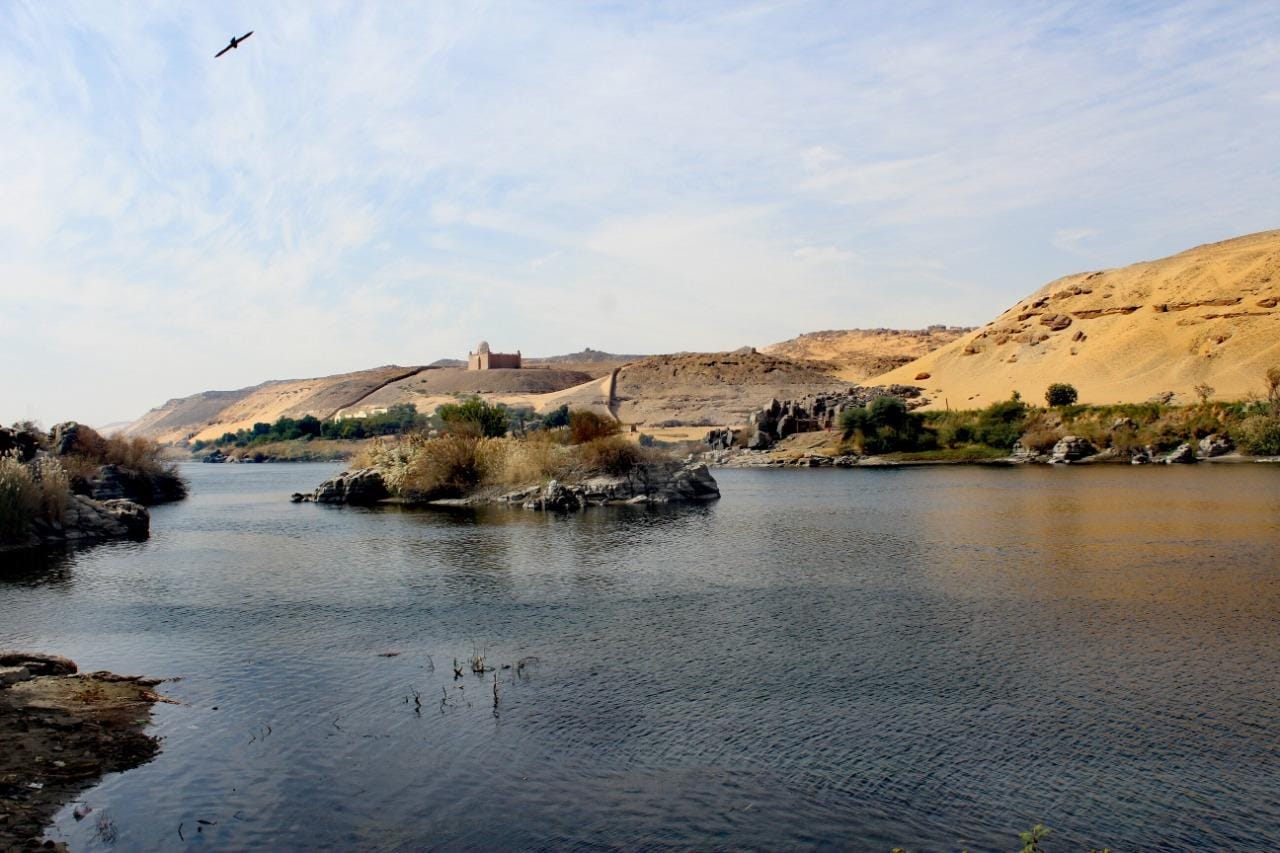Saluga and Ghazal Protectorate
These two, small granite islands, north of the Aswan dam, are where time appears to have stood still. With dozens of species of flora, including several types of Acacia Trees, and birds, such as the pintail and the grey heron, visitors who come to Saluga and Ghazal will get a glimpse of what the Nile River Valley was like during ancient times.
Wadi al Alaqi Protectorate
Once a river, Wadi al Alaqi is the valley left behind after a large river dried up following the construction of the Aswan High Dam. This former river left behind nutrient rich soil that has turned the area into a green pasture for animals. Located in the Eastern Desert between the Red Sea and the Nile Valley, this UNESCO Biosphere Reserve is home to some iconic animals, such as the Nubian wild donkey, the Nile crocodile, the Nile monitor, and the Nile soft-shelled turtle. Bedouin tribes currently use the valley for their grazing animals and to collect medicinal plants.
Wadi al Assuti Protectorate
Unlike most of the protected areas in Egypt, Wadi al Assuti was given protectorate status in order to rehabilitate and breed endangered wild species of animals and plants. The desert ecology is fragile, and so, the cultivation of genes from agricultural crops will help Egypt, and other desert ecosystems, improve modern agricultural practices. Located in the Eastern Desert’s limestone plateau up through the Nile Valley, this plateau is home to endangered wildlife species like the Nubian ibex, the caracal, and some reptiles, including the spiny agama.
The Nile Islands Protectorate
Dispersed along the Nile River, this protectorate includes 144 islands within several governorates. The seasonal change in water levels leaves mudflats and sandy banks that support bird habitats. Thriving around these islands are many amphibious and freshwater invertebrates that call the Nile home.
Al Dababya Protectorate
Located south of Luxor, Al Dababya’s geological characteristics, including exposed layers of rocks from both the Paleocene (56 million years ago) and Eocene (33 million years ago) epochs, are a real-life timeline of earth’s past. Although Al Dababya isn’t the only place in the world where we can see geological events from these eras, it is extremely rare to find evidence of these two historical periods present in rocks at the same location.


